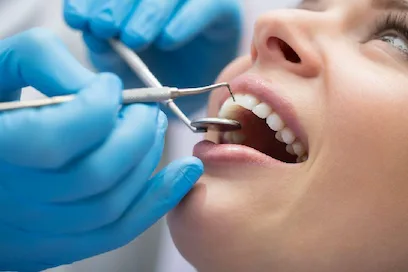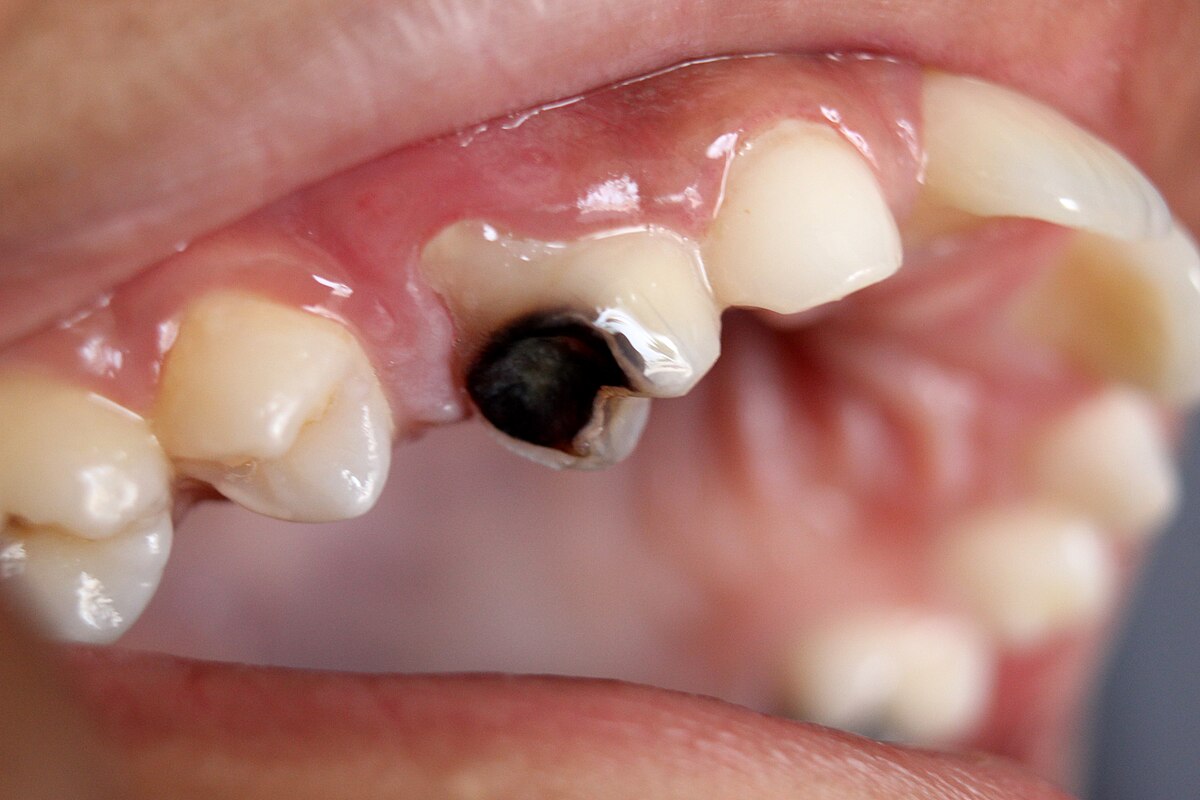All-Natural Teeth Whitening: What Works and What Doesn’t
Many people are looking for natural alternatives to whiten their teeth, hoping to avoid chemicals and achieve a brighter smile using ingredients that are more in tune with nature. The appeal of all-natural teeth whitening methods is undeniable, but not all of them are effective or safe. In this article, we’ll explore all-natural teeth whitening methods, what works, and what doesn’t, so you can make an informed decision on how to brighten your smile naturally.
What is All-Natural Teeth Whitening?
All-natural teeth whitening refers to using ingredients that are not synthetic or chemically processed. Instead, these methods typically rely on everyday foods, herbs, and natural substances believed to help lift stains and brighten the teeth. While some natural whitening methods are effective, others may not provide the results you’re hoping for or could even harm your teeth.
Before trying any natural whitening remedy, it’s important to understand how the ingredients work, and whether they are safe and effective.
What Works for All-Natural Teeth Whitening?
There are a few natural ingredients that have shown some effectiveness in teeth whitening. These methods are safer than harsh chemical treatments and can help maintain a brighter smile with consistent use.
1. Baking Soda
Baking soda is one of the most popular and well-known natural teeth whiteners. Its mildly abrasive texture helps to scrub away surface stains from teeth, giving them a brighter appearance. Baking soda is also mildly alkaline, which helps to neutralize acids in the mouth that can cause tooth enamel erosion.
What to Do:
- Simply sprinkle a small amount of baking soda on your toothbrush and brush gently for two minutes.
- Alternatively, mix baking soda with a little water to form a paste, and brush your teeth.
What to Remember:
- While baking soda is effective at removing stains, it should not be overused, as its abrasiveness can wear down tooth enamel if used too frequently.
2. Activated Charcoal
Activated charcoal has gained popularity in recent years as a natural teeth-whitening remedy. Its porous structure helps to absorb and trap toxins, including stain-causing substances like coffee, tea, and wine. Activated charcoal may help remove surface stains, making teeth appear whiter.
What to Do:
- Wet your toothbrush and dip it into activated charcoal powder.
- Brush gently for 2 minutes, then rinse thoroughly.
What to Remember:
- Use activated charcoal sparingly. It can be abrasive, and excessive use can lead to enamel wear or gum irritation. Be sure to also use regular toothpaste after to remove any residue left by the charcoal.
3. Hydrogen Peroxide
Hydrogen peroxide is a natural bleaching agent and is often found in many teeth-whitening products. It can help lighten the color of your teeth by breaking down the compounds that cause stains.
What to Do:
- Mix a small amount (about 3%) of hydrogen peroxide with water in equal parts and use it as a mouthwash for about 30 seconds.
- You can also mix it with baking soda to create a paste for brushing.
What to Remember:
- Hydrogen peroxide should be used cautiously and not swallowed. It’s also important to use it in moderation, as excessive use can irritate gums or damage tooth enamel.
4. Coconut Oil Pulling
Oil pulling is an ancient Ayurvedic practice that involves swishing oil in your mouth for about 10-20 minutes to help remove bacteria and plaque. Coconut oil is the most commonly used oil for oil pulling due to its antibacterial properties. Some studies suggest that oil pulling with coconut oil can help reduce plaque and improve overall oral health, leading to a brighter smile.
What to Do:
- Take a tablespoon of coconut oil and swish it around your mouth for 10-20 minutes. Be sure to spit it out into the trash afterward (not the sink, as it can clog drains).
- Rinse your mouth with water afterward.
What to Remember:
- Oil pulling can be a useful adjunct to your regular brushing routine but should not replace it. It’s a time-consuming process and may take a few weeks to see noticeable results.
5. Strawberries and Other Fruits
Strawberries contain malic acid, a natural compound that can help remove surface stains on teeth. While there isn’t a lot of scientific evidence to fully support strawberries as a whitening agent, the mild acidic content can help exfoliate the teeth and break down some surface stains.
What to Do:
- Mash a ripe strawberry and mix it with a small amount of baking soda to form a paste.
- Apply the paste to your teeth for 5 minutes, then rinse thoroughly.
What to Remember:
- While strawberries can have a mild whitening effect, they should not be used excessively due to their natural sugar and acid content, which can contribute to tooth decay if left on the teeth too long.
What Doesn’t Work for All-Natural Teeth Whitening?
While many natural remedies claim to whiten teeth, some are either ineffective or potentially harmful to your oral health.
1. Lemon Juice
Lemon juice contains citric acid, which is highly acidic and can erode tooth enamel when used frequently. While it may seem like a natural and effective teeth-whitening solution, the acid can cause long-term damage to your enamel, leading to increased tooth sensitivity and a higher risk of cavities.
What to Avoid:
- Do not use lemon juice as a teeth-whitening treatment on its own, and avoid direct contact with teeth for prolonged periods.
2. Apple Cider Vinegar
Like lemon juice, apple cider vinegar is highly acidic and can wear down tooth enamel if used regularly. While it may help with plaque removal, the potential harm to your enamel makes it an unsafe option for whitening teeth.
What to Avoid:
- Avoid using apple cider vinegar as a mouth rinse or on your teeth, especially if used frequently.
3. Baking Soda and Vinegar Mix
While baking soda can be an effective stain remover, mixing it with vinegar is not recommended. The acid in vinegar can interact with the abrasiveness of baking soda, which can increase the risk of enamel erosion.
What to Avoid:
- Do not use a baking soda and vinegar mixture on your teeth, as it can be too abrasive and acidic.
Conclusion
When it comes to all-natural teeth whitening, there are several methods that can help brighten your smile, such as baking soda, activated charcoal, hydrogen peroxide, and coconut oil pulling. These options are effective when used correctly and in moderation. However, it’s important to avoid certain practices like using lemon juice or apple cider vinegar, which can harm your tooth enamel.
For the best results, combine natural whitening methods with regular brushing, flossing, and professional dental care. If you’re uncertain about which whitening method is right for you, consult with your dentist to ensure you’re choosing a safe and effective option for a brighter, healthier smile.







